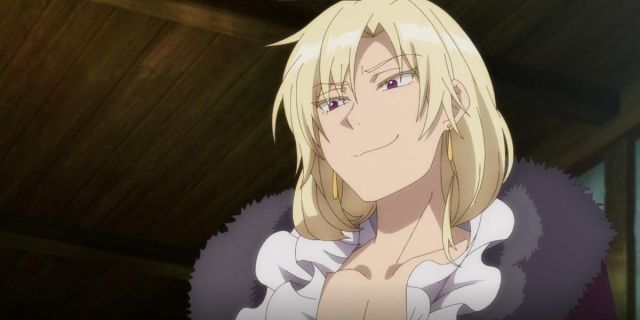The following contains spoilers for Beast Tamer, available for streaming on Crunchyroll with English subtitles.
It’s not uncommon for anime or even stories in general to feature characters primarily of a certain sex. K-On!, for example, stars an all-female cast, and it’s one of the most beloved “cute girls doing cute things” anime out there. Although they do occasionally appear, male characters simply have no place in the story being told, so there’s no need for them to be focused on.
Beast Tamer, however, whether on purpose or not, has taken a different tack when it comes to its male characters. Rein, protagonist and leader of the all-female main cast, is the only male character that is shown with any sort of positive qualities. In fact, all other male characters are painted negatively in comparison to their female counterparts, and it’s becoming more evident with each episode.
Episode 10 Exacerbated the Way Men Are Portrayed

At the end of Episode 9, the story introduced Lord Edgar Fromware, ruler of the town of Horizon, the story’s primary city setting. Edgar was immediately shown to be unsavory, and downright cruel to everyone around him if he didn’t get his way. Episode 10 showed Rein battling the Lord’s men, forcing him to retreat, and afterward deciding to go to the local law enforcement to report the corruption.
As it would turn out, the local knights are all in Edgar’s pocket except for a select group of them. The corrupt knights are all male, while the virtuous ones are all female, with their leader, Stella Enplace, being the most virtuous of all. Edgar and his knights are just the latest in a line of antagonists that Rein and the girls have to defeat, but it’s odd that every real villain thus far has been male.
Beast Tamer Could Benefit From Mixing Up Its Villains

Female antagonists have been shown in the story, although they’ve never been the central antagonists of the arc they’re featured in, instead serving beneath the main villain. Rein’s former party did contain two female characters, their black and white mages, and they were shown with the same negative characteristics that male characters usually possess, but they still paled in comparison to their party leader.
Arios, the overarching villain of this cour of the adaptation, is downright comedic in how over-the-top delusional and unhinged he’s become in orchestrating Rein’s demise, which of course, fails at every turn. The only male other than Rein that’s been shown positively was the dwarven blacksmith, who also appeared somewhat antagonistic when he first appeared.
Whether the author’s choice to have male characters as the main antagonists was intentional or not, the real issue is that they all feel the same: corrupt and inept. This isn’t to say that this formula would be any better if one of these villains was female instead, but it certainly could improve the variety in a story that is so far sorely lacking it.















Leave a Reply